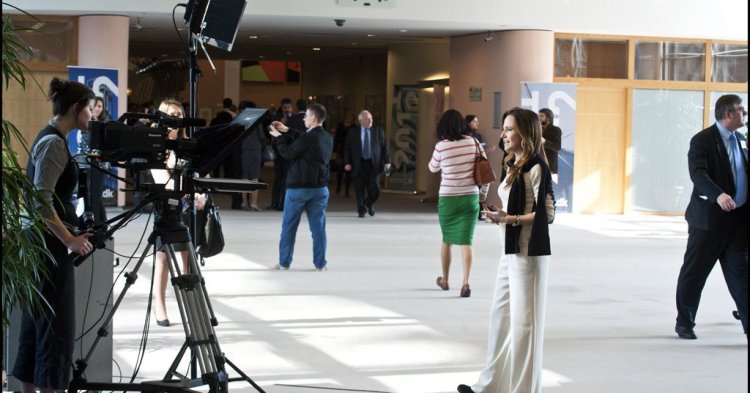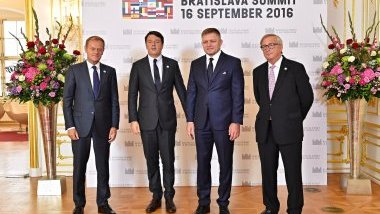Psychological gap between national parties and MEPs
In his 2002 Liittovaltiot book, Raunio argued that the European party system is more decentralised than those of federations. Not much has necessarily changed in the past fifteen years. “The Europarties are still more like networks of national parties as opposed to centralised party organisations, and I don’t see that changing unless there are centralising tendencies in the EU political system”, Raunio says. Such an institutional push might be transnational lists for the European elections, a proposal that “makes perfect sense” to Raunio.
It remains to be seen what happens to transnational lists in the first post-Brexit European election in 2019. At any rate, there are improvements to be made when it comes to connecting national and European politics in party organisations. “What I’m still worried about is the gap between national parties and what happens at the EU level, even within national parties which may have national-level politicians as one group and the MEPs as the other. Of course, there are parties that take their MEPs more seriously. Germany is a good example - for several decades they have taken the European Parliament more seriously and MEPs are more present in the national debate.”
This psychological gap between MEPs and their national parties can be blamed on the national parties’ headquarters, which aren’t doing enough to benefit from their MEPs. “That’s quite sad because MEPs have all this policy-specific knowledge of what’s happening at the European level”, Raunio continues.
Parliamentary scrutiny in public, not just behind closed doors
Raunio dismisses the subsidiarity control mechanism as a “rather harmless” means to get national parliaments involved in EU lawmaking. The main pathway for parliaments to exercise influence is scrutiny of national governments before and after council meetings. “You see more and more national parliaments becoming more involved. In many of the countries that joined the EU in 2004 and 2007 you see fairly tight mechanisms of scrutiny. Whether that’s enough is difficult to say, but given how the EU works, the primary mechanism is indeed through controlling individual council and European Council meetings”, Raunio elaborates.
Receiving information before council meetings is pivotal for national parliaments, and the system whereby national parliaments give mandates to their ministers for meetings ensures that. On the other hand, keeping citizens informed as well would be important for transparency. “This scrutiny should not only take place in EU committees that often meet behind closed doors, but also in the plenary because these are public events and hence the media would be able to follow them.”
Access to information about the EU can be a human rights issue
Raunio laments the decreasing amount of reporting on the EU. “I just talked to an experienced Finnish journalist who has been covering EU issues in this country since the early 1990s, and for example when you look at Finnish media houses there are fewer reporters working in Brussels now than there were in 1995, which tells you a lot. Given that you have seen significant reductions in the numbers of journalists across Europe, and further centralisation of media ownership, the media coverage of the EU, especially how the institutions operate on a daily basis, is getting weaker. That’s a contradiction: the institutions themselves are way more powerful than twenty years ago, but there’s arguably less coverage.”
But it’s not only in the media. Children learn about the national political systems they are a part of while at school, but coverage of the EU in curricula is sporadic. “It would be so easy to provide basic information about the EU in an objective, facts-based way. Member states haven’t been willing to harmonise information provided to either citizens at large or children at schools. That’s even problematic from a human rights perspective because individuals enjoy rights and responsibilities as EU citizens.”
Harmonisation would potentially help to bridge the gap that Raunio points to - in Germany children may learn a lot about the EU, while in England some may never learn anything. Ultimately it’s a matter of political will, and something that could even be implemented without formal EU legislation mandating it.
This was the last part of the series of three articles based on the interview with Tapio Raunio. See also the first part and the second part. Thank you for reading!
Resources
Raunio, T. (2002) Liittovaltiot: Federalismin teoria ja arki. Helsinki: Gaudeamus.




Follow the comments: |
|
